Before I begin this review, let me state the following caveats:
- This is an anecdotal review. It is not meant to be read or used as a systematic analysis of Formisazine Ant Assist vs. plain water or other media. We do not have the time nor desire to conduct a systematic study, and our review may only apply to our specific laboratory conditions.
- As of this writing, I am aware byFormica has issued a recall notice for Formisazine Ant Assist which directly addresses one—and may correct other—issues we ran into using this formulation.
- I am aware the owner of byFormica is a member of this community. I do not personally know the manufacturer or employees of the company, and I was not solicited for this review.
- The phrase ‘sterile laboratory environment’ means we use sterilized equipment and make every effort to prevent contamination. Our glassware is autoclaved at 121 °C for 15 minutes, we use sterile cotton for founding tubes, and we always wear disposable nitrile gloves when handling colonies.
- That said, ants and their food are certainly not sterile. Some ants are messier and more prone to mold growth than others. In nature, mold growth in ant nests may be deterred by feeding from microbiota or other organisms not present in sterile conditions. As a hobbyist, I would advise introducing beneficial symbiotic organisms to abate mold issues. In the laboratory, we must control as many variables as possible, which means this is often not an option; therefore, a product like Formisazine Ant Assist could be an ideal solution.
We replaced plain water with byFormica Formisazine Ant Assist in founding tubes and active colonies of several species six weeks prior to this review. We also filled several unused founding tubes with this formulation for observation. Last week, we began noting initial results of the replacement. The most striking observation was a change in color from initial application. The color of the formulation changed from sky blue to green in all our test tubes as seen below.
Since the solution changed in in our unused founding tubes as well, we did not immediately suspect mold was the cause of this change. We realized shortly after the color of the unused Formisazine had also changed. The pictures below show, from left to right, an unused founding tube, the bottle of unused Formisazine, and a new pour from the bottle. We do not know if this color change is indicative of an alteration in the chemical composition of the formulation.
Relative to the manufacturer’s claim of mold resistance, our sense is that there isn’t an easily observable difference between the use of Formisazine Ant Assist and plain water. The yellowing pictured below is commonly seen in our colonies after a period of time. Both tubes contain Formisazine Ant Assist.
We note that mold usually develops in our plain water test tubes between four and six months when it occurs. Approximately one third of test tubes treated with Formisazine used as both founding tubes and for active colonies developed some sort of mold [seen below] after six weeks of use.
I will, again, stress this is not a systematic evaluation of the product, and these numbers represent anecdotal observation from our use in the lab.
By far, the most problematic observation during our use of Formisazine in the lab was excessive drying of the ant-exposed side of the cotton pictured below.
This occurred in all test tubes containing Formisazine, including the ones which developed mold. This is not an issue we have ever noted when using plain water and cotton.
At this point, we believe ants in these tubes no longer have access to the water source, which is detrimental for survival of adults and development of immature stages. We do not know why we are observing this, but we speculate a possible cause may be crystallization of some component of the formulation on the drying edge, creating a barrier between the exposed edge and solution and cascading as the layer thickens over time. Another example of this phenomenon is the drying of fabric covered in salt water.
The results of our observations are not typical of byFormica products we have used in the past. As of this writing, all our colonies obtain their carbohydrate load from byFormica Sunburst Ant Nectar using Galileo Liquid Ant Feeders, and we’ve been quite satisfied with the results. We look forward to improvements in the Formisazine formulation and hope this review has been helpful to all readers.
Edited by Cameron C. Thomas, May 19 2017 - 4:17 PM.
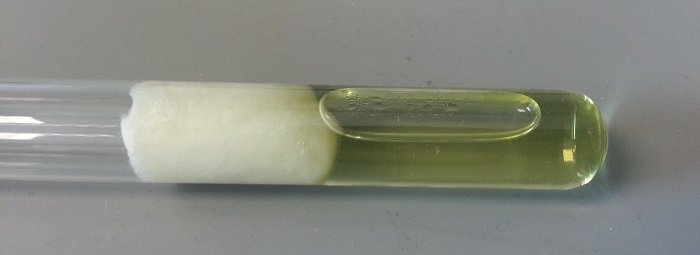
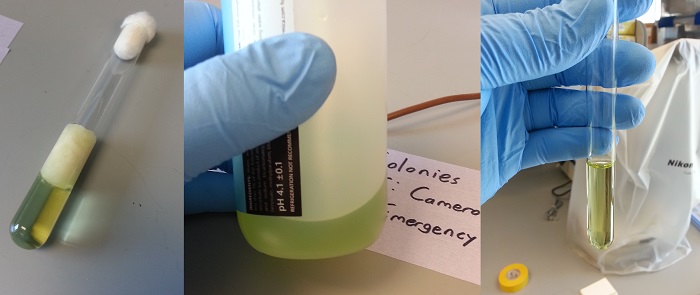
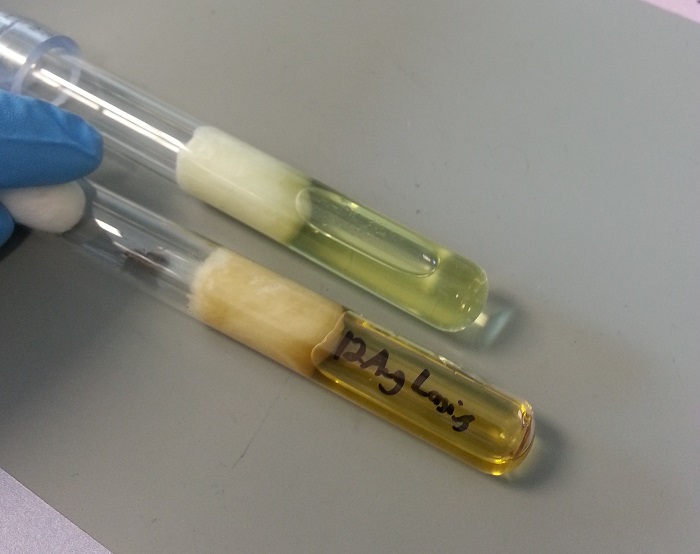

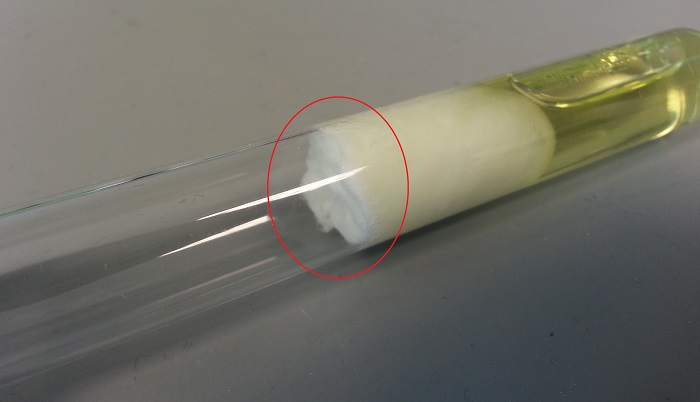
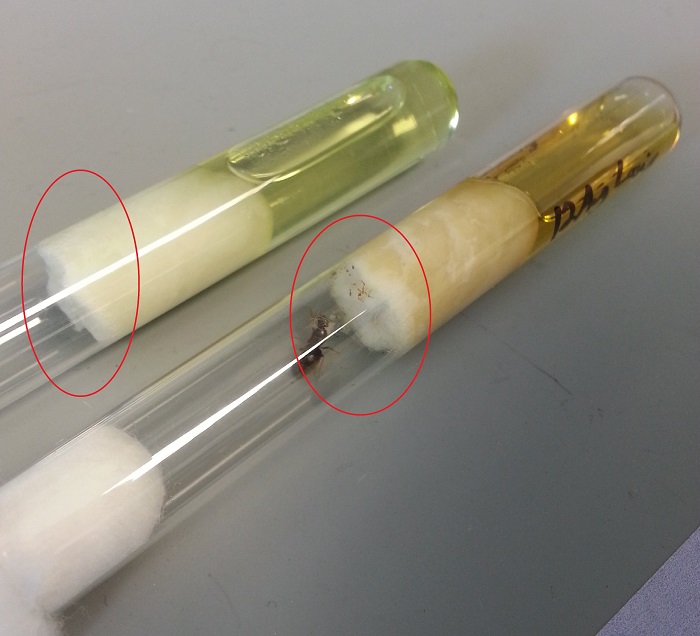




 This topic is locked
This topic is locked















